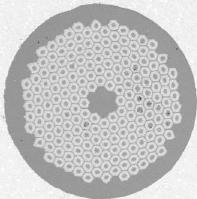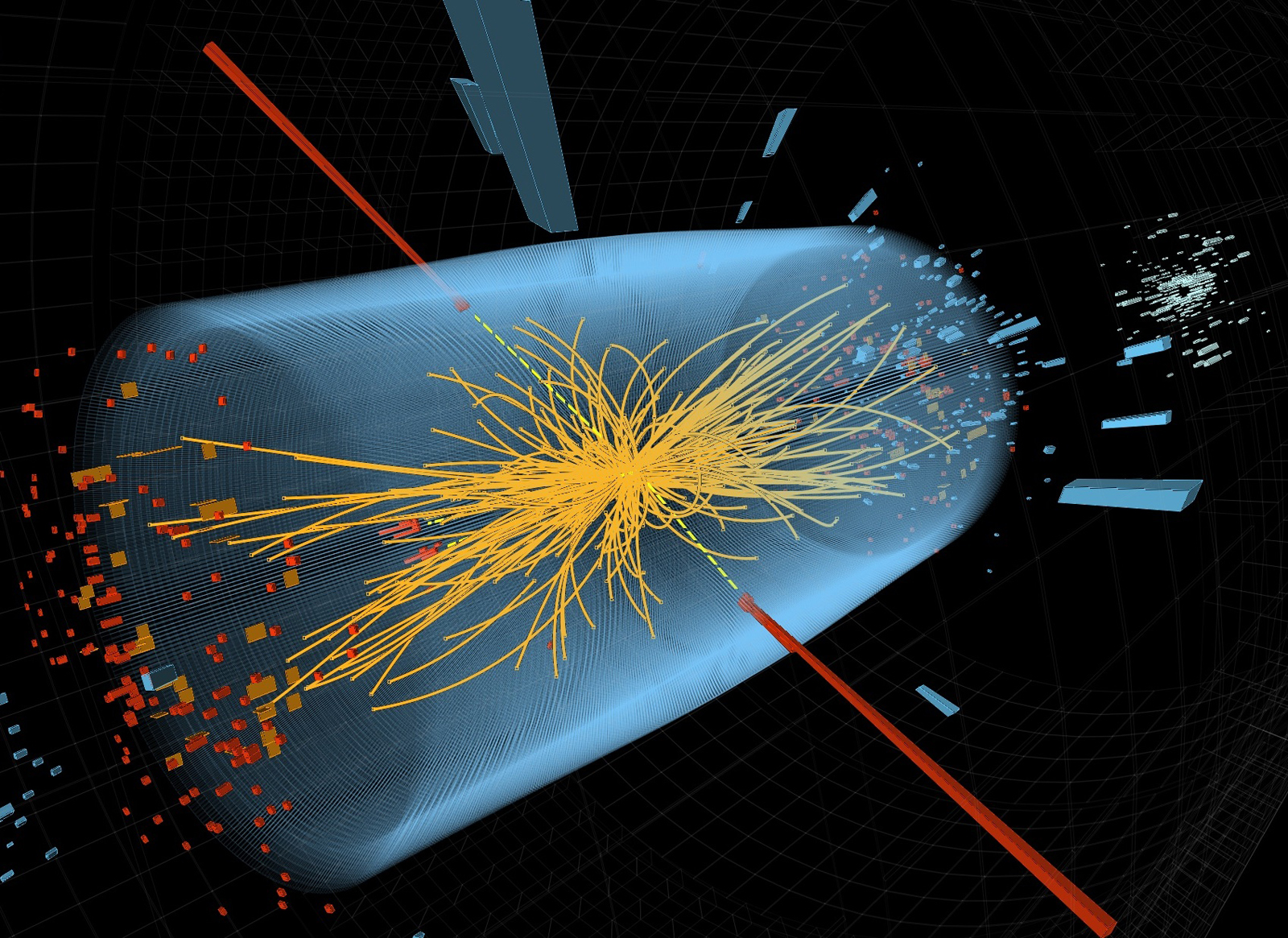Taking a closer look at LHC
The magnet programs carried out around the world within the framework of LHC were successful in pushing this technology to the required level of maturity, but they also clearly demonstrated that NbTi technology has achieved its performance limit (around 9 T). In order to go beyond (and cross the 10 T threshold while maintaining proper operational temperature margin), it is necessary to change the superconductor material.
| Nb3Sn is the only other superconducting material that can be seriously considered within the 10-year time frame left between now and the 2015 target for the replacement of IR magnets. Nb3Sn has the potential to operate in the 10 to 15 T range, but it has one disadvantage: once formed it becomes brittle and its properties are strain sensitive. In the USA, the Department of Energy has promoted efforts on Nb3Sn R&D for several years. These activities are now funded and coordinated through the US-LHC Accelerator Research Program (LARP). In parallel, a consortium of 7 European institutes(CCLRC/RAL in the UK, CEA in France, CERN, CIEMAT in Spain, INFN in Italy, Twente University in the Netherlands and Wroclaw University of Technology in Poland) is working on the so-called Next European Dipole (NED). This Joint Research Activity is embedded in the Coordinated Accelerator Research Project in Europe (CARE) project partly funded by the European Commission. |
 |
NED and LARP goals are fully compatible and complementary. Rather than competing, NED and LARP goals are synergistic –each supports the other. Both NED and LARP are vigorouslyencouraged by CERN.
|
AUTHORS Xabier Cid Vidal, PhD in experimental Particle Physics for Santiago University (USC). Research Fellow in experimental Particle Physics at CERN from January 2013 to Decembre 2015. He was until 2022 linked to the Department of Particle Physics of the USC as a "Juan de La Cierva", "Ramon y Cajal" fellow (Spanish Postdoctoral Senior Grants), and Associate Professor. Since 2023 is Senior Lecturer in that Department.(ORCID). Ramon Cid Manzano, until his retirement in 2020 was secondary school Physics Teacher at IES de SAR (Santiago - Spain), and part-time Lecturer (Profesor Asociado) in Faculty of Education at the University of Santiago (Spain). He has a Degree in Physics and a Degree in Chemistry, and he is PhD for Santiago University (USC) (ORCID). |
CERN CERN Experimental Physics Department CERN and the Environment |
LHC |
IMPORTANT NOTICE
For the bibliography used when writing this Section please go to the References Section
© Xabier Cid Vidal & Ramon Cid - rcid@lhc-closer.es | SANTIAGO (SPAIN) |



